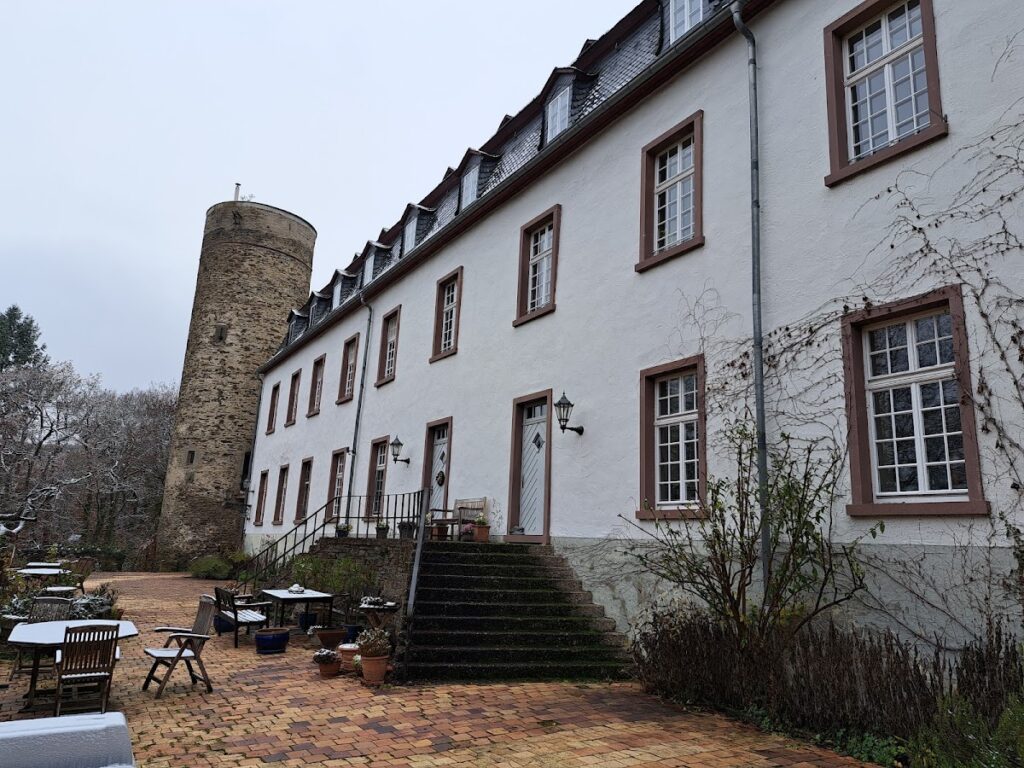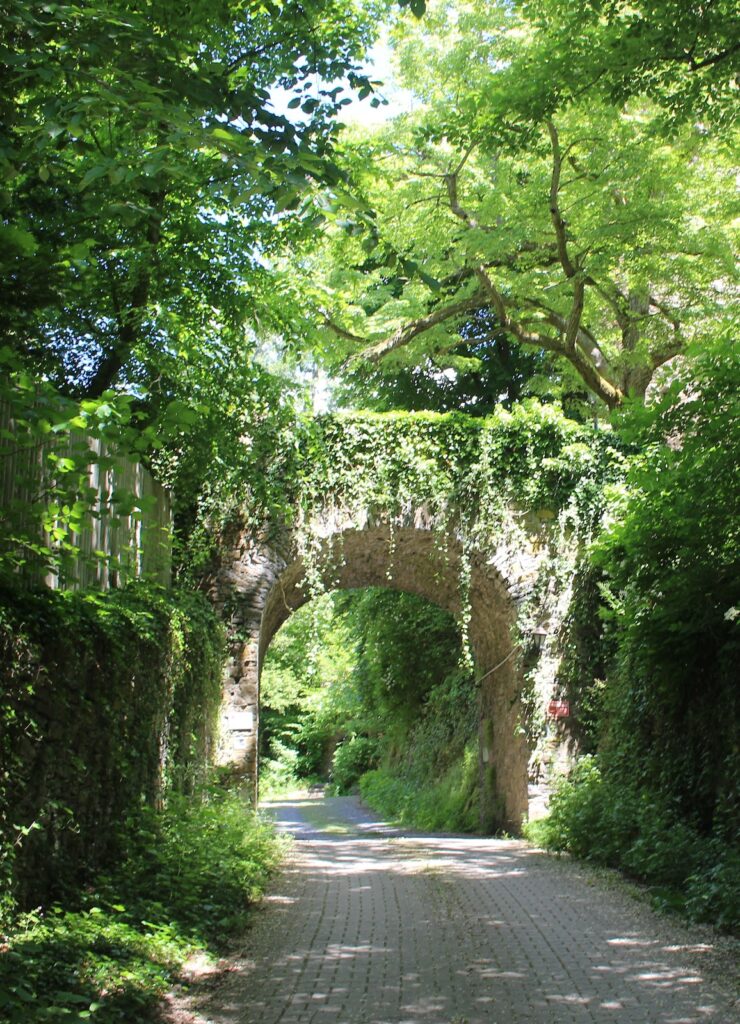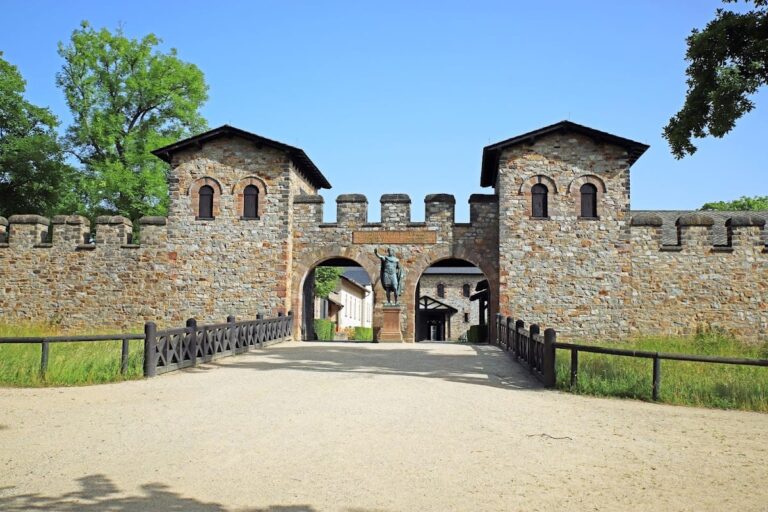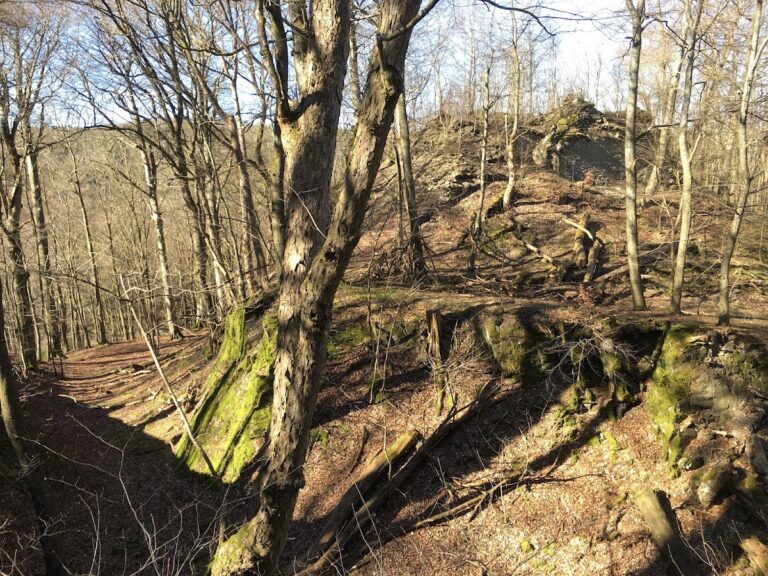Ziegenberg Castle: A Historic Fortress and Residence in Germany
Visitor Information
Google Rating: 3.9
Popularity: Very Low
Google Maps: View on Google Maps
Country: Germany
Civilization: Unclassified
Remains: Military
History
Ziegenberg Castle is situated on a hill spur overlooking the Usa river near the municipality of Ober-Mörlen in modern-day Germany. Originally a medieval stronghold, it was established by the German nobility in the late 14th century, a site rooted in earlier fortifications dating back to the Lords of Eppstein.
The earliest known record of the castle dates from 1388, but its beginnings likely follow the construction of a tower after 1367 by the Lords of Falkenstein, who acquired the property from the Lords of Eppstein in 1356. During the early 15th century, ownership reverted to the Eppstein-Münzenberg family. In 1478, the castle was sold to Count Philipp I of Katzenelnbogen, and through a subsequent marriage in 1479, it became part of the estate controlled by Landgrave Heinrich III of Hesse-Marburg. By the start of the 16th century, the castle belonged to the Landgraviate of Hesse-Kassel.
In 1506, Landgrave Wilhelm II granted the castle and its lands as a fief to Jost von Drachsdorf, whose family expanded the estate over time. After several changes, sole ownership was secured in 1557 by Konrad Diede zum Fürstenstein. His descendant Hans Eitel Diede zum Fürstenstein oversaw a significant transformation of the original medieval castle, converting it into a Baroque-style palace roughly around 1747.
The Diede family line ended in 1807, and the property passed to the Counts of Rantzau, who eventually sold it in 1896 to the Passavant-Gontard family. The latter utilized the estate primarily as a summer residence. During the late 1930s, ownership transferred to the German Reich; from 1939 onwards, the military constructed extensive bunkers on the grounds, incorporating the site into the Führerhauptquartier Adlerhorst, Adolf Hitler’s military headquarters complex during World War II.
In March 1945, American fighter-bombers heavily damaged the castle, leaving it largely destroyed. Efforts to restore the site followed the war, with a significant conversion adapting the remaining structures into private condominiums carried out in 1992 and 1993.
Remains
The current ensemble at Ziegenberg Castle is defined by its Baroque palace form, arranged in a rectangular plan with two main wings. This layout lies atop the original hill spur and overlooks the surrounding landscape beside the Usa river. The visible architectural character reflects the 18th-century transformation of the medieval stronghold into a more residential and representative structure.
Among medieval remnants, the bergfried, or keep, stands out as the oldest surviving element. This tower served as a defensive core of the original castle and remains largely intact, preserving the medieval heritage amid later renovations. Its construction, typical for the period, would have involved thick stone walls designed for defense and observation.
During the Second World War, extensive underground bunkers were carved into the site’s terrain as part of the Führerhauptquartier Adlerhorst, a network of defensive installations used by the German military command. These subterranean facilities altered the landscape considerably, serving military purposes rather than residential or noble functions.
The castle suffered substantial damage from aerial bombings in 1945, leading to the loss of many original structures. Post-war restoration preserved parts of the castle, but much of what stands today results from the conversion undertaken in the early 1990s, when surviving buildings were adapted into condominium units. This renovation respected the historical footprint while giving the castle a contemporary use.
Together, these features—Baroque wings, the medieval bergfried, and wartime bunkers—illustrate the layered history of Ziegenberg Castle, reflecting its transformation across centuries from a feudal fortress to a noble residence, and finally a military site before its modern adaptation.







